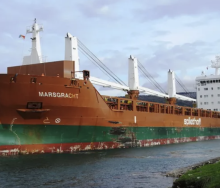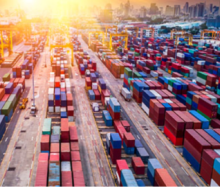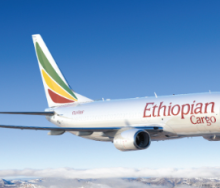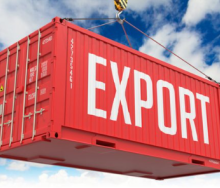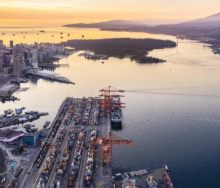Data of container timelines measured by a San Francisco brokerage over the festive season period does not bode well for ongoing delays experienced along the transport value chain.
According to the latest information by Flexport, boxes going east on Transpacific trade lanes are taking twice as long as they did in 2019.
Back then it would take 45-50 days for a container from the States to reach its destination out east.
However, on January 2, Flexport’s ‘Ocean Timelines Indicator’ measured that it now takes 110 days for a container to complete an eastbound journey – the longest it has ever taken for a shipment from the States to reach Asia.
The Indicator, which measures container time from point to point, has furthermore found that it now takes roughly 108 days for an export box in the Far East to reach its import destination in Europe.
Before the Covid pandemic, Asia-Europe trade travelling time was measured at 55 to 60 days.
Sea Intelligence has warned that container availability is severely impacted across the globe because of double-time holdups on certain trade lines, an assessment that is generally shared by ocean freight concerns across the spectrum.
According to the maritime consultancy’s own data, holdups rose by 9% last year.
Whereas 2% of box capacity was exposed to congestion-related delays prior to the pandemic, last year 11% of all container movement was constrained by some Covid-induced issue.
With leading indicators pointing to sea-side supply-chain delays not abating as the New Year gathers pace, there are fears that freight rates will increase even more.
Last year rates quadrupled as shippers not only had to wait longer than usual to secure containers, but also had to pay about four times more than what it previously cost to ship goods.
Last week it was reported that Drewry had issued a profit forecast of $150 billion for the liner trade in 2021 – more than was made for the first two decades of the 21st century combined.
Although it’s early days, data released by Sea Intelligence and Flexport indicates that 2022 is going to be another bumper year for carriers.


